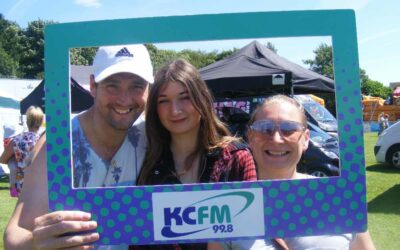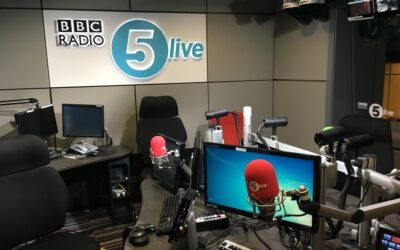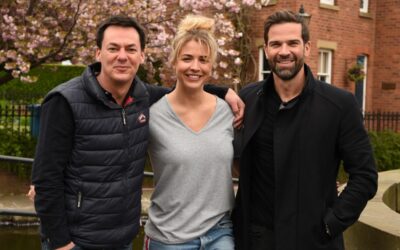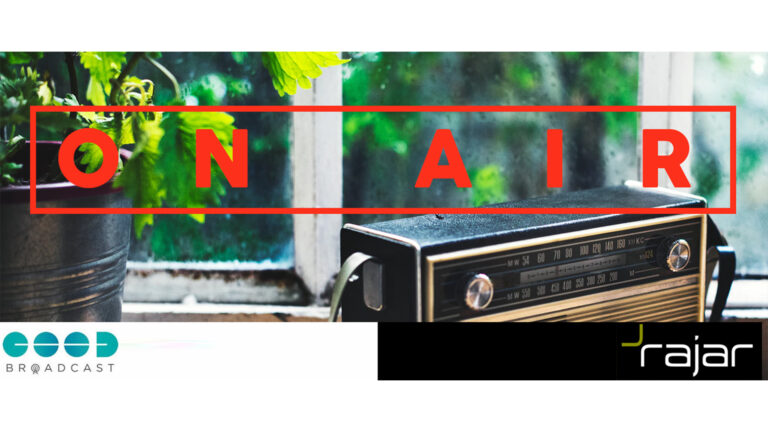This morning, the latest RAJAR figures have been released, showing the performance of radio stations up and down the country. Josh Wheeler, Head of Broadcast at Manchester-based broadcast specialist Good Broadcast analyses the results.
Welcome to RAJAR day.
Today is the day where radio bosses across the country will be eagerly refreshing their inboxes to reveal how their outlets and shows have been performing.
For us, at Good Broadcast it is also an incredibly important day. Our whole mantra is ‘Quality over Quantity’ when it comes to delivering for our clients – so it is vital for us to evaluate how stations perform.
The figures measure BBC and licensed commercial radio outlets across the country to highlight which stations are performing well with audiences.
RAJAR Ltd (otherwise known as Radio Joint Audience Research) is owned by the BBC and RadioCentre (the trade body which looks after commercial radio stations in the UK).
The figures are the most accurate way of measuring the reach of radio audience penetration – and therefore incredibly significant.
What do the figures show?
Overall, the figures show continued strength and confidence within radio. In February, the Government confirmed that from 1 April 2019 the cost of the annual licence fee would increase by £4 which covers TV, Radio, Online and the newly created BBC Sounds App.
Part of this increase will see the BBC continue its talent search as part of an ongoing plan to breathe new life into BBC local radio, first announced by the Director-General of the BBC Tony Hall back in November 2017.
The announcement was part of the biggest shake-up in a generation for broadcast with each station launching 15 hours of new, original and local content every week. Here it has resulted in brand new talent which would not normally make its way onto the radio – such as the Lord Mayor of Sheffield Magid Magid launching the Monday Night Social on BBC Radio Sheffield.
And … it is working. BBC Radio Sheffield has increased its listenership in the area from 14% in the last quarter to 20% now.
This investment is seeing positive growth across the board at BBC radio outlets. Further investment in the coming months and years will see this type of radio really deliver as it should – by making it even more local and more creative, celebrating local identities and reflect local living across the UK.
In total, 48.4 million of us (or 88% of the population /those aged 15+) us tuned in each week throughout the last quarter. On average, we are listening to just over 20 hours of live radio each week.
Our trend of becoming ever more digital continues to build – with 63% of our listening taking place via DAB. 68% of us are listening at home, and 64% of us are tuning in while in the car or on public transport.
During this period the BBC Sounds App really got going – officially launching in November (by renaming the London Eye to the London Ear for the day). BBC Sounds combines podcasts, radio output and music. The aim is to make an all-round personalised audio platform that learns about the listeners interests and tastes as the app is used to make personalised recommendations.
In reality, that means that younger audiences are currently being introduced to radio output which they perhaps would not have naturally found without the app.
As a radio fanatic, I am delighted that the medium is evolving, proving to be stronger and more resilient than ever. Oh, and whilst it isn’t broadcast from here…












